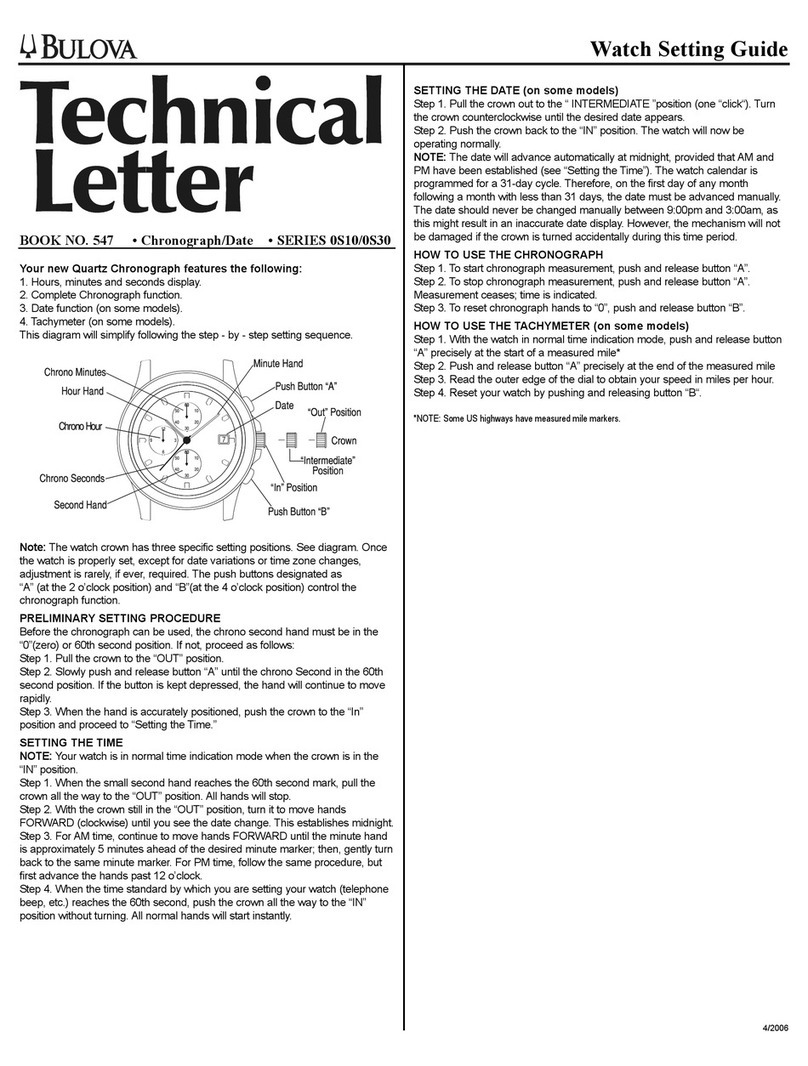Bulova Series 218 User manual
Other Bulova Watch manuals

Bulova
Bulova 96B358 User manual
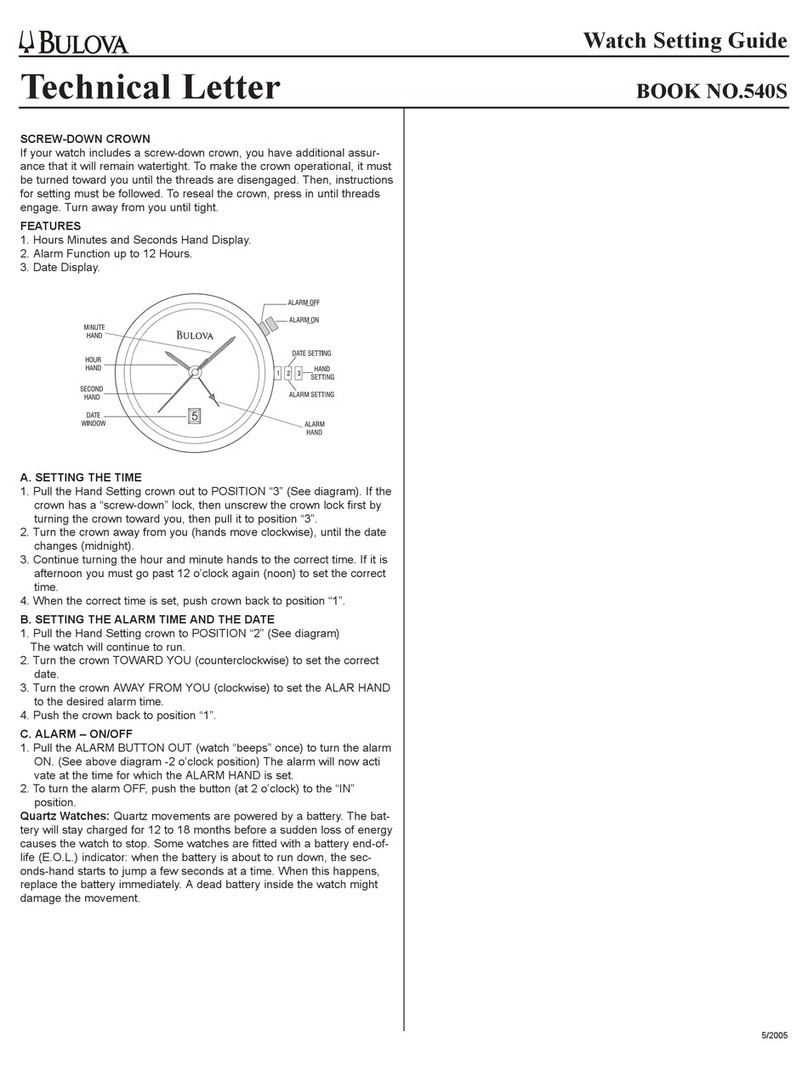
Bulova
Bulova 540S Service manual

Bulova
Bulova Maquina 98A177 User manual
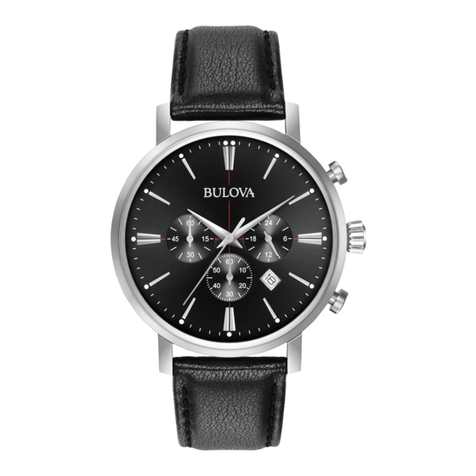
Bulova
Bulova 0S20 series Service manual

Bulova
Bulova 98B267 User manual
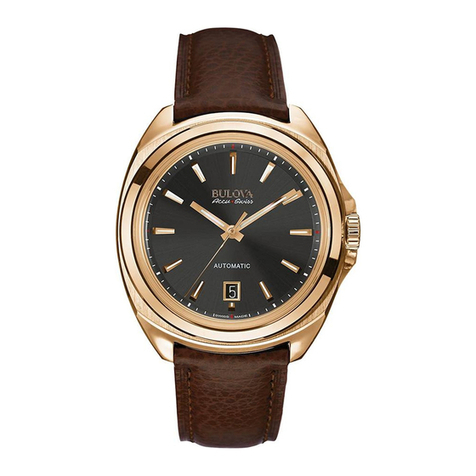
Bulova
Bulova Accu-Swiss series User manual
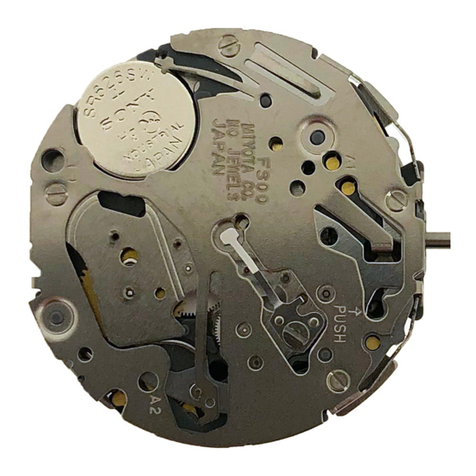
Bulova
Bulova Chrono FS00 Service manual

Bulova
Bulova MARINE STAR Series User manual

Bulova
Bulova 98A179 User manual
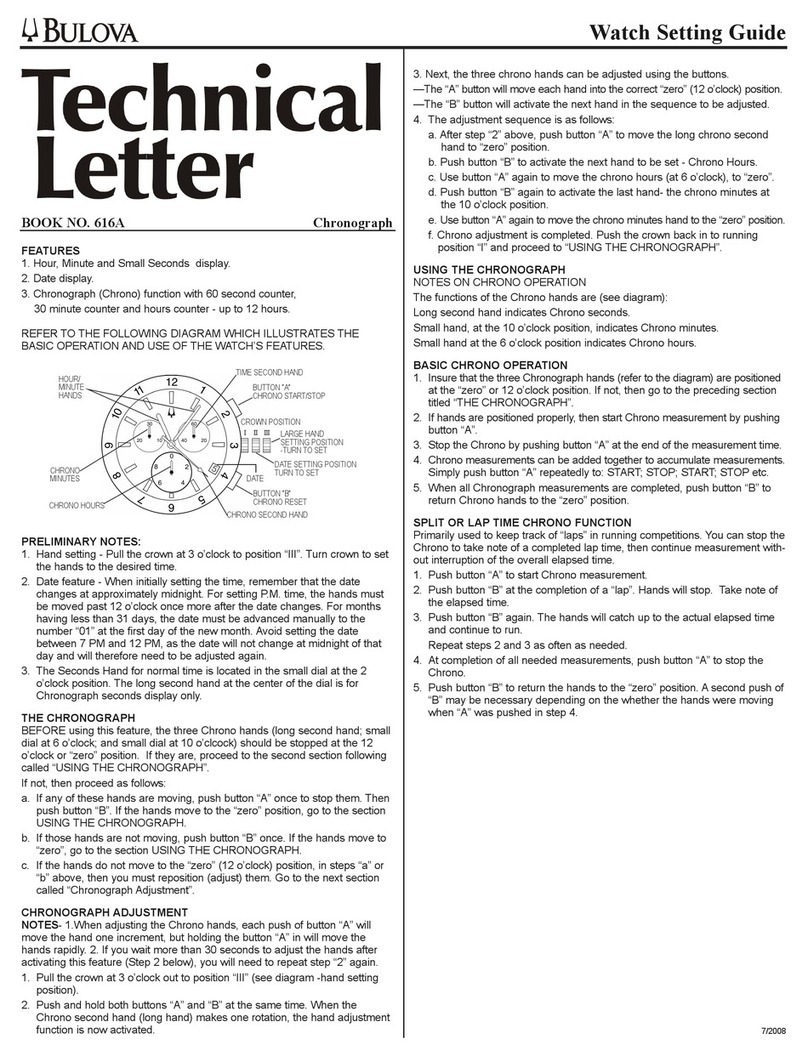
Bulova
Bulova Chronograph Service manual

Bulova
Bulova 100 Meter 98U13 User manual

Bulova
Bulova OS20 Series Service manual

Bulova
Bulova VD53 Service manual
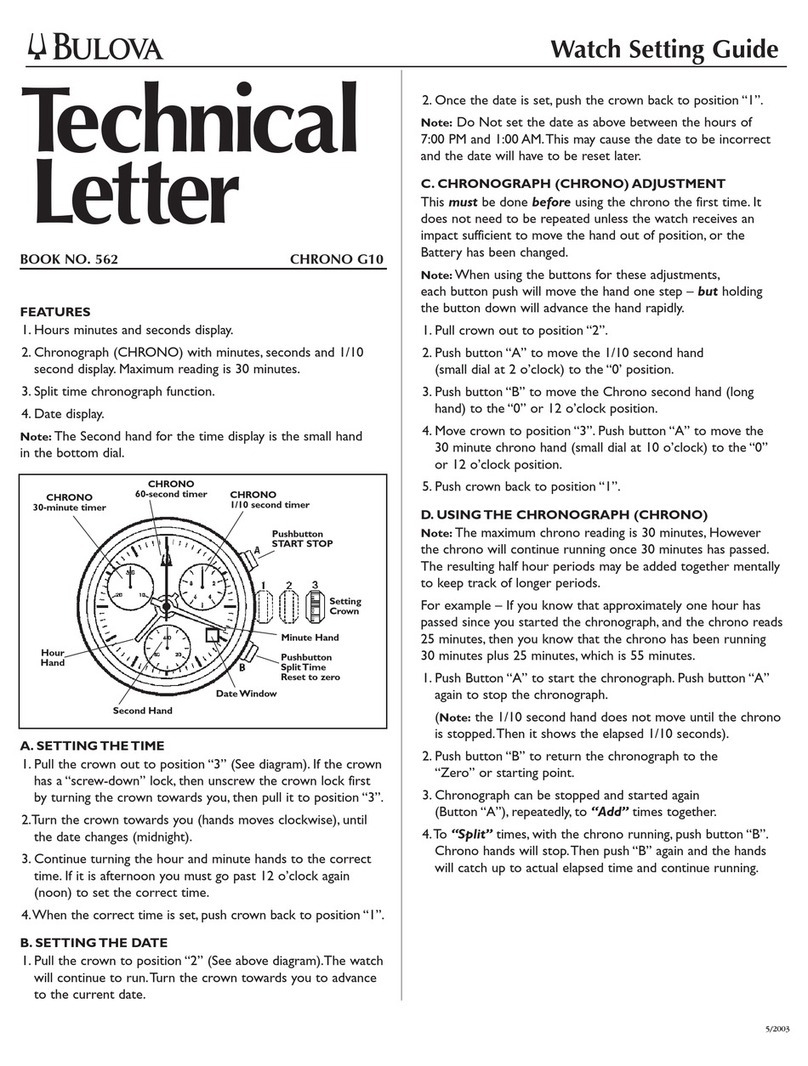
Bulova
Bulova CHRONO G10 Service manual
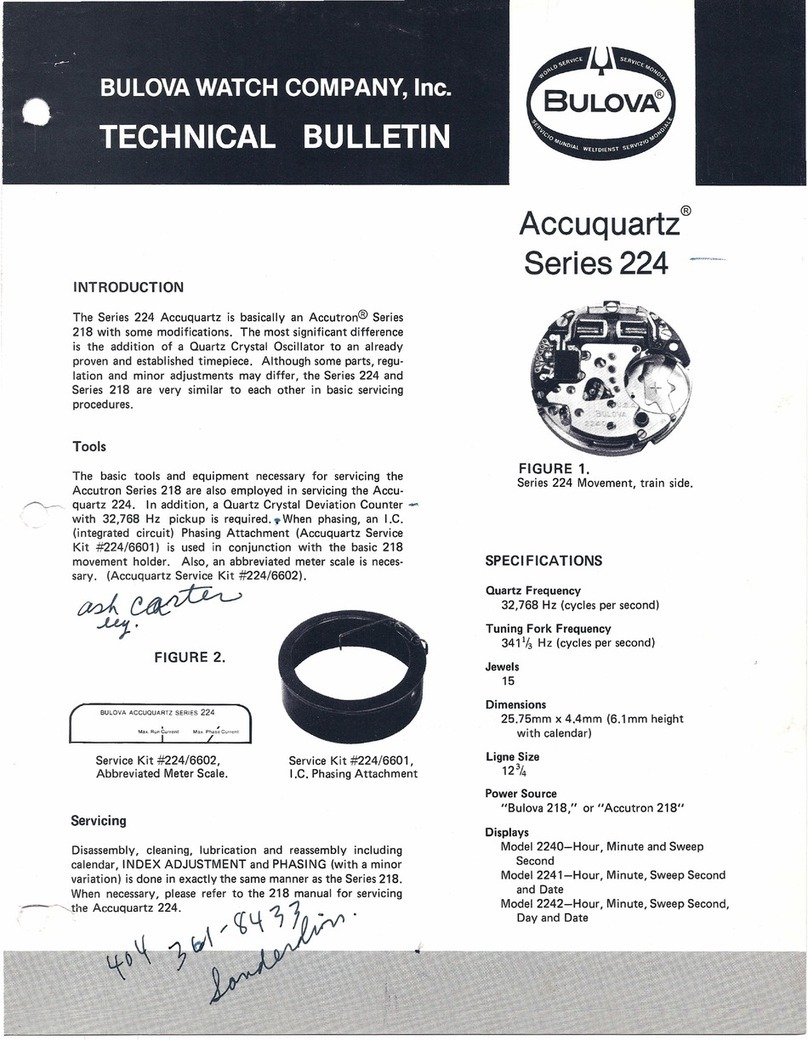
Bulova
Bulova Accuquartz 224 Series Service manual
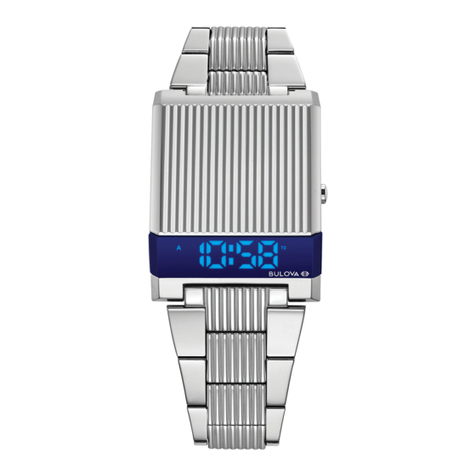
Bulova
Bulova COMPUTRON 96C139 User manual

Bulova
Bulova 11 ANAC Service manual

Bulova
Bulova 98B118 Service manual

Bulova
Bulova Time Zone Service manual
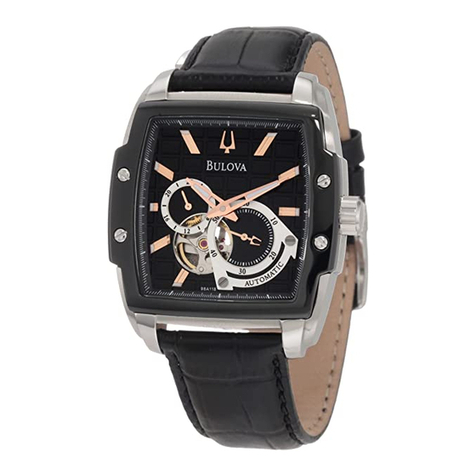
Bulova
Bulova BVA-SERIES 100 Operating and maintenance manual
Popular Watch manuals by other brands

Casio
Casio QW 5513 Operation guide

Piaget
Piaget 560P Instructions for use

Armitron
Armitron pro sport MD0346 instruction manual

West Marine
West Marine BlackTip 13411293 Instruction Booklet and Care Guide

Jaeger-leCoultre
Jaeger-leCoultre HYBRIS MECHANICA CALIBRE 184 manual

FOREVER
FOREVER iGO PRO JW-200 user manual


